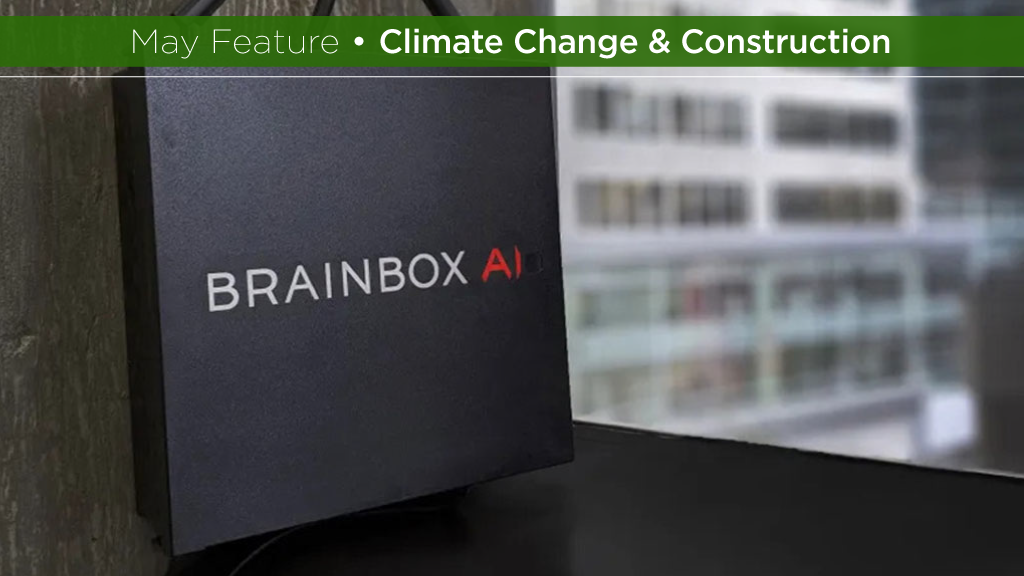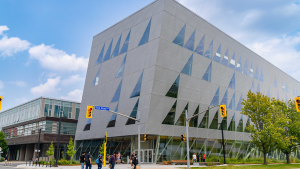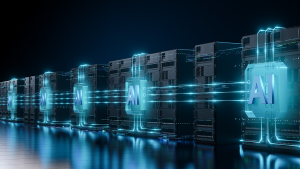Market expectations and government regulations are increasingly high when it comes to a building’s “resilience” and carbon footprint, both operationally and in terms of embodied carbon.
Recently-approved requirements by the European Union now say new buildings must be emission-free by 2030, followed by all building stock by 2050.
Environmental statements, as part of ESG corporate policies, are becoming mandatory in many jurisdictions.
Green building certifications that are recognizable and appealing to investors, financiers and ultimately by occupants are also a popular strategy for project owners and designers hoping to achieve environmental respectability.
There’s no shortage of certifications from which to choose. In şÚÁĎłÔąĎÍř alone there are at least 11 green building standards to consider.
Some are well known, like LEED, BREEAM, Passive House, the WELL Building Standard, BUILT GREEN, and Energy Star for buildings. Others are less well known: TRUE, BOMA BEST, Green Globes, Living Building Standard and the Zero Carbon Building Standard.
Globally, the forest of green standards is even thicker. ESG software management designer there are more than 600Â different sustainability reporting standards, industry initiatives, frameworks and guidelines around the world.
It leads some real estate observers like Georgia Sandom, operations and ESG director at Office Space in Town in London, U.K., to such a proliferation of standards devalues the concept of green building in exchange for the pursuit of higher market values.
Not all green standards devote their certification requirements on energy efficiency and the reduction of carbons.
Many relate to overall planning and design. Many are prescriptive while a few are performance-related. Some require verification by either licensed or unlicensed third parties, while others rely on statements made by applicants themselves.
Sustainability and resilience are terms that are heard whenever discussions surround new and retrofitted homes or commercial buildings.
Sustainability is an umbrella term used in many contexts today, and not only when referring to buildings and the environment. When used within the construction industry, sustainability is a catch-all term that could cover anything, for example from the careful selection of materials with low levels of embodied carbon to their potential recyclability later.
Resilience is something else.
“Climate resilience is the ability to mitigate and adapt to the impacts of climate change,” in Treehugger.
This requires the identification of the specific risks associated with a project’s location, like hurricanes, earthquakes, droughts and fires.
Other terms such as net-zero, zero carbon, carbon neutral and eco-friendly can be vague or imprecise, depending on the fine-print definition being applied.
The danger is that casual use of these and other green terms in corporate communications can be construed as “greenwashing” if not accompanied by specific definitions and verifiable supportive data.
The collection, monitoring and reporting of carbons associated with the planning of a new building or the retrofitting of an existing one is an industry itself.
Once occupied owners and operators of those buildings need ways to better understand their energy usage and develop tactics to reduce GHG emissions in real-time. Not only will this improve their ROI by potentially reducing operating costs, but also position their properties favourably in a competitive marketplace that now expects such efficiencies and reductions.
Artificial Intelligence (AI) is rising to meet those needs.
AI, sometimes referred to as “machine learning,” offers promising solutions to help owners and building occupants control and reduce their GHG emissions through its ability to optimize energy usage, improve building operations and facilitate data-driven decision-making.
şÚÁĎłÔąĎÍř is at the forefront of these fast-growing developments.
, headquartered in Montréal, has seen its AI energy savings technology used in over 100 million square feet of commercial building space around the world since its launch in 2019. The company was in 2020 as one of the Best Inventions of 2020 by TIME magazine.
At the core is BrainBox AI’s HVAC Optimization, which can lower energy costs by 25 per cent and carbon emissions by 40 per cent.
Adding an energy management system allows real-time operational insight to a building’s data which can then be leveraged by AI to predict the building’s needs and maintain constant optimal performance.
BrainBox says its technology can then generate a full Scope 1 and 2, audit-grade GHG assessment, fuelled by the building’s data and trusted emissions factors. This can be used to compare energy use intensity across an entire portfolio of properties.
AI technology is on a fast track. In March, BrainBox AI ARIA (Artificial Responsive Intelligent Assistant), powered by Amazon Bedrock AI.
“Created for use in the commercial and retail spaces, ARIA is equipped with the predictive ability to circumvent operational problems while maintaining a watchful eye over a building’s blind spots, effectively redefining traditional facilities management,” the company says.
In these ways, AI can complement green building standards required for marketing or regulatory purposes. Importantly, AI solutions can go beyond the objective of providing green labelling or certification by making a measurable difference for the environment.








Recent Comments
comments for this post are closed